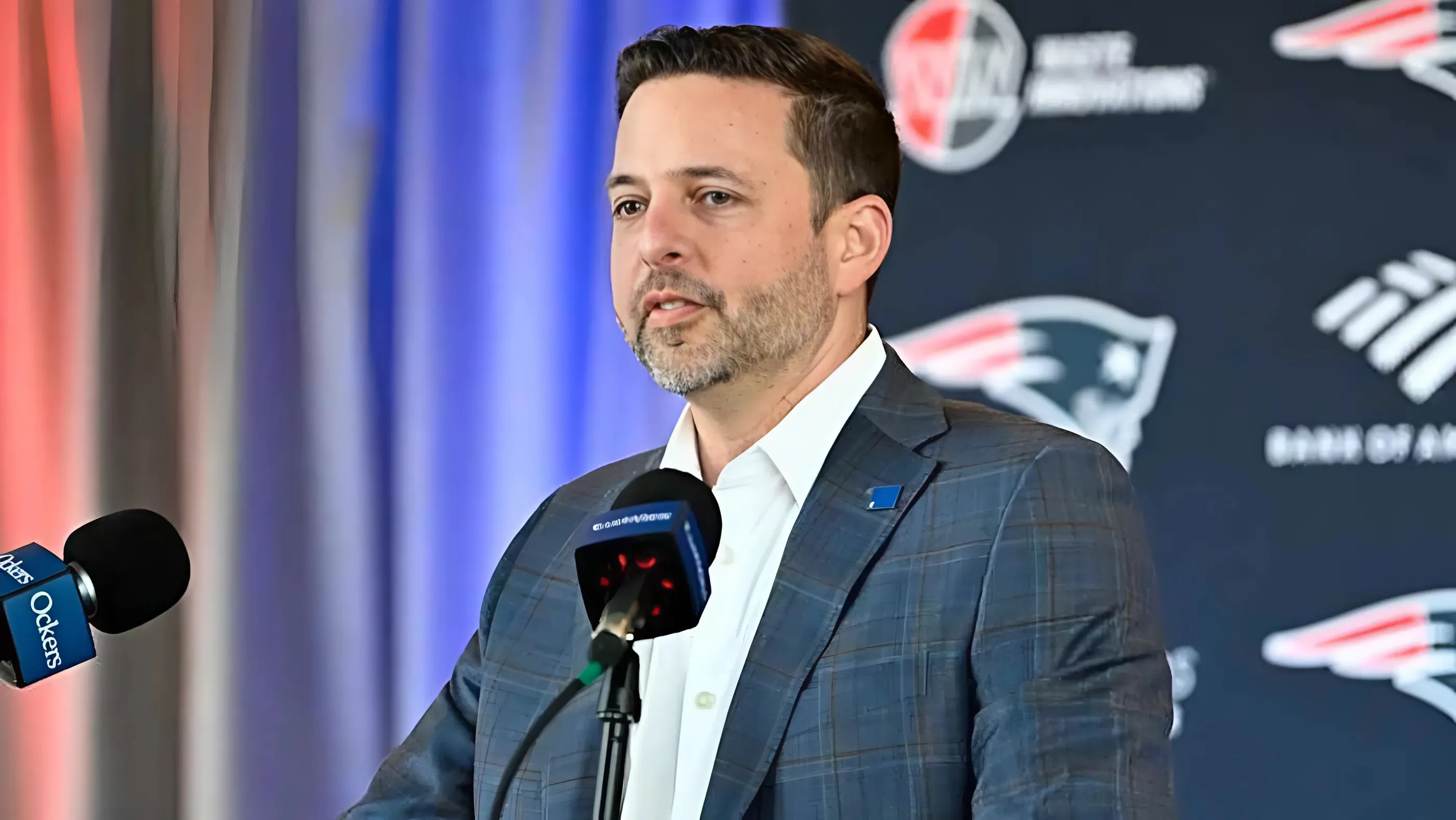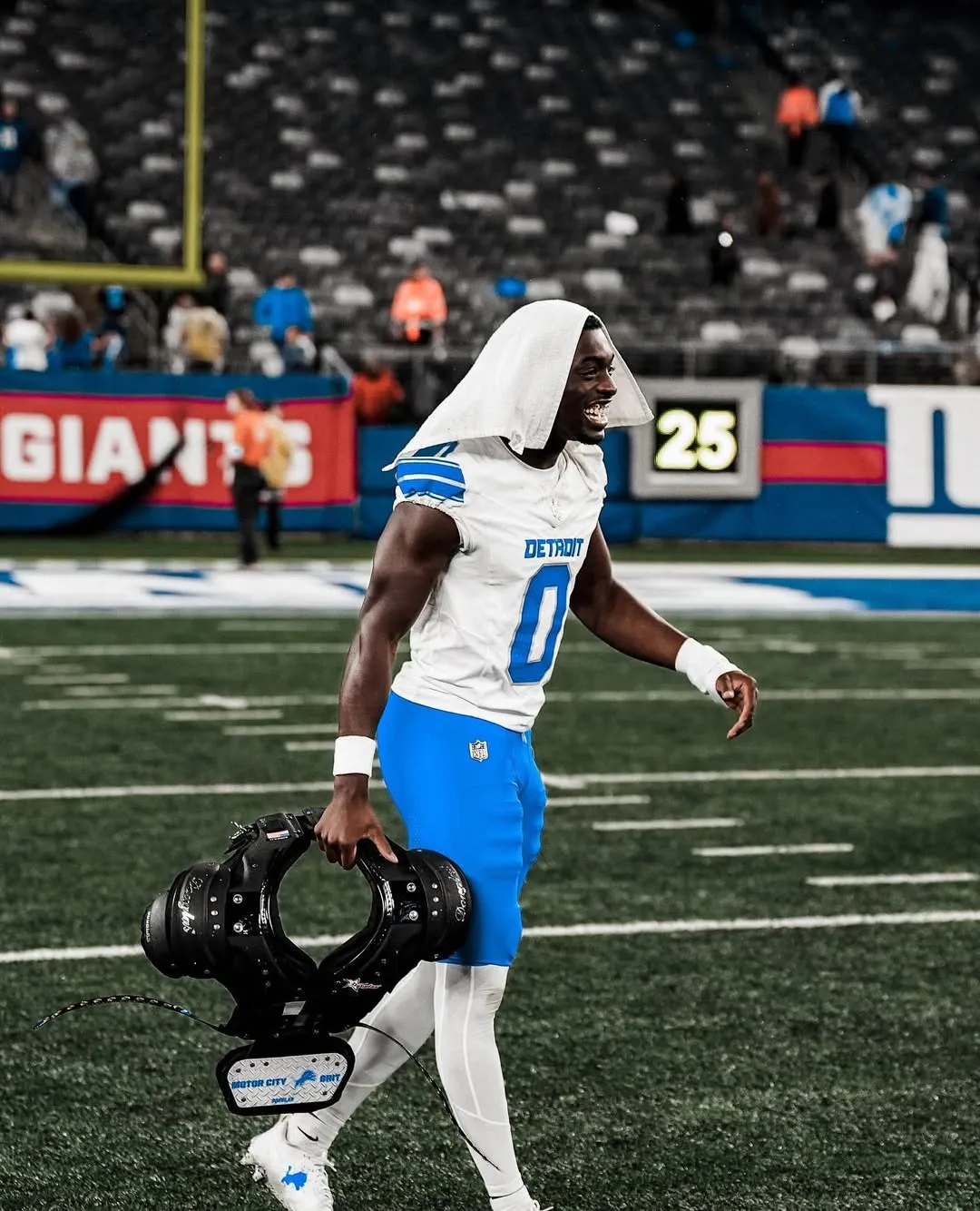The Vancouver Canucks did not make it to the Stanley Cup Playoffs in 2025. Not even close, in the end. They finished the 2024-25 campaign with 90 points, and they would have needed 97 to push past the St. Louis Blues and Minnesota Wild into one of the Western Conference Wild Card spots.
Moving forward, that 90-point threshold seems to be a fairly low estimate of what it takes to make it into the playoffs each year, too. It took 98 points in 2023-24, 95 in 2022-23, and 97 in 2021-22.
Suffice it to say, then, that the Canucks need a gain of at least 10 points in the 2025-26 regular season in order to make the 2026 Stanley Cup Playoffs. Which does sound like a bit of a tall order, all things considered. It leads us to wonder: how many times have the Canucks pulled off a 10-point gain in their franchise history? And how did they do it on those occasions?
Let’s find out together.
(Note: We’re excluding those full seasons that followed shortened seasons for obvious reasons, but can note that the Canucks did not make significant gains in any of those, anyway, save for the 2019-20 season.)
The 1974-75 Season: 27-point gain
(59 points to 86)
The first time the Canucks made a single-season gain greater than 10 points was the first time they made the playoffs in franchise history – and still stands as their second-greatest single-season gain ever.
The 1974-75 team wasn’t that different from the one that preceded it, aside from a few solid additions like Chris Oddleifson and Bobby Lalonde. The real difference-maker was the creation of the Smythe Division, which moved the Canucks into a five-team division with the St. Louis Blues, Chicago Black Hawks, Kansas City Scouts, and Minnesota North Stars.
Compare this with the East Division of 1973-74, which put the Canucks in a division with the Boston Bruins, Montreal Canadiens, New York Rangers, and Toronto Maple Leafs, among others, and it’s not hard to figure out why they made a sudden climb.
The 1988-89 Season: 15-point gain
(59 points to 74)
It would be a decade-and-a-half before the Canucks made such gains again.
The 1987-88 campaign was bad enough that the Canucks earned the second overall pick in the 1988 NHL Entry Draft, which they used on Trevor Linden.
So, that’s one way to easily gain a bunch of points: just draft a franchise legend!
Linden, who finished second in team scoring with 59 points as a rookie, was one of several key additions for the 1988-89 Canucks. That list also included Paul Reinhart, acquired in a trade, Brian Bradley, Harold Snepsts, and Greg Adams.
For all that gain, the Canucks only moved up one spot in the Smythe, going from fifth place to fourth. But they did make the playoffs again, bowing out to the Calgary Flames in one round.
The 1991-92 Season: 31-point gain
(65 points to 96)
Welcome to the single greatest point-gain in Canucks history.
The Canucks weren’t half-bad in 1990-91, finishing fourth in the Smythe and making the playoffs, where they lost to the LA Kings in Round One. But they exploded the following year, racking up 31 more points and rising to the top of the Smythe Division – their first division championship since 1975.
If the 1989 point-gain was all about the arrival of Linden, this one is even more down to the arrival of Pavel Bure, who scored 34 goals and 60 points in 65 games as a rookie after a delayed start to the season.
There were other important additions, too, including Dave Babych and full seasons from the recently-acquired Cliff Ronning, Geoff Courtnall, and Sergio Momesso.
But the biggest difference-maker – perhaps even greater than rookie Bure – was the transition behind the bench from Bob McCammon to the legendary Pat Quinn.
This change actually occurred late in the 1990-91 season. But the 1991-92 campaign was Quinn’s first as the full-time head coach from the jump, and it showed. These Canucks made it to the second round of the playoffs for the first time since the ’82 finals, but lost to the Oilers.
The 1999-2000 Season: 25-point gain
(58 points to 83)
The Canucks would have to wait until the end of the decade and the start of a new era to make another sizeable point-gain.
The previous season saw them finish with just 58 points, their lowest total across an 82-game schedule ever. That wasn’t really a bad thing, either, as it put GM Brian Burke in a position to pull off his greatest trick ever and draft both Sedins.
The Sedins, however, did not start their careers in 1999-2000, and so don’t get any credit for the turnaround.
Mark Messier was still around, if you can believe it. The biggest difference-makers on the ice were the newly arrived Andrew Cassels and the newly awoken Todd Bertuzzi, who broke out for 25 goals and 50 points, along with new starter Felix Potvin.
Again, however, we’ve got to give the most credit to a coaching change. Partway through the 1998-99 season, the team finally fired Mike Keenan and replaced him with Marc Crawford. Though Mark Messier was still plaguing the Canucks as of 1999-2000, ditching Keenan was a major case of addition by subtraction.
In the end, however, it didn’t make that much of a difference. The Canucks gained 25 points and still missed out on the 2000 playoffs by four points.
The 2002-03 Season: 10-point gain
(94 points to 104)
The 2002-03 season was, in many ways, the zenith of the West Coast Express era.
The Canucks had already made the playoffs the previous year, losing to the Detroit Red Wings in part due to that infamous Nicklas Lidstrom floater from centre ice. They responded with a 10-point gain – though they still finished second in the Northwest Division, just as they did in 2001-02.
The only major addition to the roster was that of Sami Salo, in addition to some debuts from some exciting, but short-lived rookies in the forms of Fedor Fedorov, Brandon Reid, and Jason King. But the real difference was the internal step-up of players like Bertuzzi, Brendan Morrison, and especially Markus Naslund, who notched 104 points and won the Lester B. Pearson Award as the players’ MVP. He and Bertuzzi both made the NHL First All-Star Team, as well.
These Canucks made it to the second round, where they fell to their bitter rival, the Minnesota Wild.
The 2006-07 Season: 13-point gain
(92 points to 105)
The NHL stated that one of its goals coming out of the 2004-05 full-season lockout was greater league parity. And given that five of the Canucks’ 10 greatest single-season point-gains came afterward, there’s probably something to that.
The 2005-06 season was the first to follow both the lockout and Bertuzzi’s lengthy suspension for assaulting Steve Moore, and the Canucks looked awful, finished fourth in the division and missed the playoffs.
If the 2003-04 campaign was the zenith of the West Coast Express, this was the last gasp – and the changeover point to a new era. For the first time ever, Daniel and Henrik Sedin led the team in scoring, with 84 and 81 points, respectively. Naslund was still around to chip in 60 points of his own, but Bertuzzi had been traded – in a package for a man named Roberto Luongo.
With all due respect to the Sedins, let’s not pretend this 13-point gain isn’t largely on Luongo’s shoulders. The swing from Alex Auld as starter to Luongo is almost immeasurable, and that first 2006-07 campaign might have been Luongo’s best. He would wind up being nominated for the Vezina, the Pearson, and the Hart, but didn’t win any of them.
But if we’re handing out additional credit, it probably best belongs to someone off-ice. This was the season that the Canucks parted with Marc Crawford and replaced him with Alain Vigneault.
With Luongo between the pipes and Vigneault behind the bench, the Canucks rose from fourth to first in the Northwest – one of their greatest placement-gains ever – and returned to the playoffs, where they lost to the Anaheim Ducks in a hard-fought second round.
The 2008-09 Season: 12-point gain
(88 points to 100)
The 2007-08 season is best understood as a temporary setback on the way to greatness. Those Canucks dropped 17 points and out of the playoffs.
But they bounced back in a big way, making up that point-loss and then some as they returned to the top of the Northwest Division and the playoffs, where they suffered another second-round loss, this time to the Chicago Blackhawks.
The big-ticket additions this time around were definitely Mats Sundin and the late Pavol Demitra. But the greater improvement was from within, as the Sedins returned to point-per-game status and a young Ryan Kesler broke out to 26 goals and 59 points.
Combine that with a burgeoning blueline led by Kevin Bieksa and Alex Edler, and the 2011 Canucks were really starting to take shape.
The 2010-11 Season: 14-point gain
(103 points to 117)
Speaking of the 2011 Canucks…
This point-gain deserves some special attention, because it’s so different from the others. The Canucks had already won the Northwest crown in 2009-10, and made it to the second round of the playoffs, where they lost to the Blackhawks…again.
The 2010-11 season, then, was more about exorcising demons…or slaying dragons, to be more accurate. These Canucks added 14 points to an already impressive 103-point record to hit 117 points – by far their greatest regular season performance of all-time.
And then, of course, we all know what they followed it up with.
There were some very notable additions, including Dan Hamhuis, Manny Malhotra, and Raffi Torres. Again, however, the greatest step-up came from within. Henrik Sedin posted 112 points and earned the Hart and Art Ross Trophies. Kesler exploded for 41 goals. Luongo posted another Vezina-worthy run.
It was, for most, the greatest team in franchise history.
The 2014-15 Season: 18-point gain
(83 points to 101)
Now we arrive at what feels like the recent past, but is actually more than a decade in the rear-view mirror.
The 2013-14 season was one best forgotten about. The one-year experiment with John Tortorella as head coach was entertaining, but for all the wrong reasons, and it saw the Canucks miss the playoffs for the first time in almost a decade.
Willie Desjardins arrived for 2014-15 with a low bar to clear, and the 2014-15 season ultimately marked the last bit of glory for the Sedin era.
Henrik and Daniel bounced back from 50- and 47-point campaigns to notch 76 and 73. The distraction of Kesler and his trade demands were removed, and his contributions were replaced with capable veterans in the form of Nick Bonino and Radim Vrbata. The rookie Bo Horvat made an appearance and posted a respectable 25 points in 68 games.
This was, most notably, the first Luongo-less campaign for the Canucks, but free agent signing Ryan Miller offered a more-than-capable fill-in. In the end, however, it was only enough to get the Canucks back into the first round, where they fell to the Calgary Flames in six games.
The 2023-24 Season: 26-point gain
(83 points to 109)
And now we’re at the truly recent history, which we don’t need to retread in too much detail.
The Canucks bottomed out for three seasons following their impressive performance in the 2020 playoff bubble. Bruce, there it is; Bruce, there it was.
Rick Tocchet was brought in to turn things around partway through the 2022-23 season, and turn it around he did. The 2023-24 Canucks earned their third-largest point-gain ever with 26 points, returned to the playoffs, and won Tocchet a Jack Adams.
Tocchet gets a lot of the credit, but the Canucks also received a full season of Filip Hronek this year, added Ian Cole and Nikita Zadorov, and got a solid run of health (and a Vezina nomination) out of Demko.
In any case, you all know what happened next…
Conclusions
There’s some encouraging news to be had here, for those in search of it.
For one, major point-gains are far more common in the modern NHL than they used to be. That’s down to increased league parity and directly benefits those teams trying to play catch-up.
For another, a lot of these historical point-gains came post-coaching change – five of 10, by our count. The Canucks did change over from Tocchet to Adam Foote this year.
Lastly, while some of these point gains were sparked by the arrival of truly special players, like Bure and Luongo, the majority of them were primarily sparked by improvement from within. This is something that the 2025-26 Canucks are counting on in a big way. While they’ve made some additions, the roster is largely the same as it was in 2024-25, and arguably worse off if we’re counting the departure of JT Miller.
If this year’s Canucks are going to make a 10-point gain or greater, it’s going to be on the backs of bouncebacks and step-ups from their existing roster. The good news is that this is something that has happened before.



